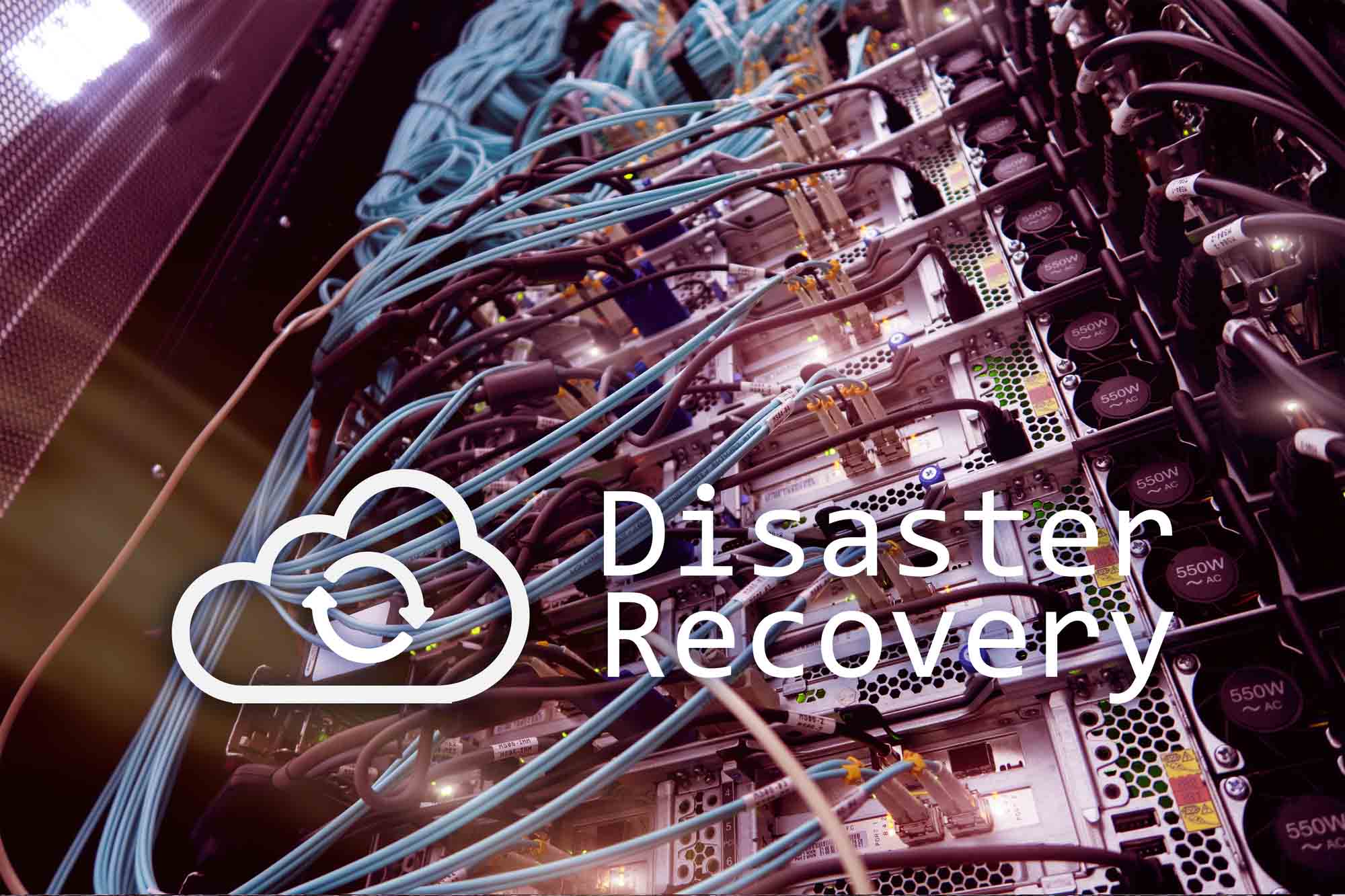According to one recent survey by the Small Business and Entrepreneurship (SBE) Council, 84% of small business owners believe cloud services are essential to their operations. In addition, 84% also cited that cloud-based solutions improved employee productivity and collaboration throughout their offices.
If you’ve been thinking of optimizing your California-based small-to-medium enterprise (SME) for the cloud, there’s never been a better time to do so. Modern platforms are more feature-rich and user-friendly than ever before, designed to help companies maximize their production and conserve on-site resources.
At the same time, cloud computing can also greatly increase your overall business agility, helping your team navigate changes as they arise, from new product developments to shifts in customer demand. Today, we’re taking a closer look at what it means to be an agile business, and how the cloud can help you get there.
What Is Business Agility?
Business agility is the ability to adapt, overcome, and thrive in an ever-changing corporate environment. In the Digital Age, agile businesses are those that can incorporate digital technology into their operations in a way that helps them respond to market changes and capitalize on new opportunities.
Companies that become sidelined by change lose out as more tech-savvy competitors surge ahead. When you have the right tools at your fingertips, you can use these transitions to propel you forward, not hold you back. This way, you can quicken your time to market, stay responsive to your buyers, and position yourself as an innovative thought leader in your space — all without sacrificing significant amounts of time, money, or quality.
How do you become agile in business? Today, the answer is the cloud.
Years ago, companies relied on on-site hardware and legacy software solutions to keep their operations running. That worked when files were paper-based and most workday tasks were manual. Now, automation is king and teams need a way to keep up.
Cloud computing allows them to automate, streamline, and simplify most of their workflows without keeping any hardware or software in-house. Let’s take a look at a few ways this supports agility.
How Does the Cloud Support Business Agility?
Moving most or all of your operations to the cloud can help your business achieve a greater level of business agility. Let’s explore a few of the ways this works.
Innovate Faster
When your industry shifts, you need the ability to come up with unique and innovative solutions that no one else can offer. Working in the cloud can help your employees develop new products at a quicker rate. It also helps you connect with your target audience, so marketing and outreach can occur simultaneously.
As your company develops new products, applications, and services, cloud solutions reduce your overall time to market. You can use these digital tools to streamline every aspect of your software development process, from initial brainstorming to final distribution and future changes.
Stay Flexile and Scalable
One of the top goals of business agility is to create a flexible and scalable infrastructure that can adapt as necessary to anything the market (or customers) throw at it. You should be able to dream big and know you have the resources at your disposal to turn those dreams into reality.
With on-premises IT, this isn’t always easy. In addition to your one-time purchase and any recurring costs you currently pay, you’ll also have to start planning and saving now if you hope to grow in the future. This can become a roadblock for many SMEs, especially those still in their infancy without a safety net in place.
The beauty of the cloud is that you can easily scale your investment and your resources up and down, depending on demand. This way, you can quickly respond as your needs shift. For instance, if your company sees seasonal spikes, you may need more product and labor during the peak times of year.
Likewise, you’ll be ready if your website suddenly sees a spike in user traffic, or if the market fluctuates for any reason. Sometimes, you might need more storage or application deployment support. Other times, computing power might be your main requirement.
No matter the situation, cloud-based platforms give your business the agility it needs to not only adapt to change but embrace it.
Support Remote Teams
In the post-pandemic economy, workplaces are more diverse and widespread than before. Long-term forecasts show that remote work will likely continue through 2025 and beyond.
If any of your team members work remotely or in the field, they need the ability to access mission-critical files and communicate with their co-workers instantly. Cloud computing makes this possible. When you’re dependent on in-house systems alone, it makes real-time collaboration a challenge, which could put you at a disadvantage during times of transition or crisis.
When you’re working in the cloud, colleagues can work together across time zones and geographies, completing projects and supporting customers without interruption.
Easier Updates and Testing
Once you go live with a new solution, there’s a good chance it will require new iterations and updates down the road. Have you given much thought to how much that stage will cost your business? In addition to any associated costs, you’ll also have to invest your time and energy to increase your business agility.
When your updates take place in the cloud, the process becomes much easier. Your managed services provider will take care of those steps on your behalf, so you can stay focused on what you do best.
Then, when you’re ready to test new solutions, that workflow is equally simple. Your provider will help you employ and test each application with ease, reducing your time burden and allowing you to stay cost conscious.
Conserve Money and Resources
When you move your operations to the cloud, you don’t have to manage or upkeep those resources on-site. Setting up your account is quick and easy, especially when you outsource those services to a third-party provider, like us.
With this setup, you’ll have direct, around-the-clock access to our servers, so there’s no need to buy or maintain your own. Instead, we’ll manage every aspect of your cloud solution, giving your teams more business agility with instant access to remote tools that include:
- Data storage
- Software and website hosting
- Network infrastructure
- Security systems
- Virtual machines
- Disaster recovery
- Offsite backup
When you partner with a team like ours, you can create a custom cloud plan designed around your specific requirements. Then, you’ll normally follow a pay-as-you-go pricing model, so you never have to pay for services you don’t need. This allows you to optimize your IT spending, budget your recurring expenses, and allocate your resources more efficiently.
For small-to-midsized enterprises and their business agility, this means spending less on bulky systems and more on growing their business. With the money you save, you could re-invest in new innovations and exciting growth initiatives, helping your team become more agile and adaptable.
Seamless Interoperability
If you were to install a new hardware or software system at your business location, it could take a great deal of time for your teams to get up and running. In addition to the actual implementation work, you’ll also have to focus on other tasks, such as user training and change management.
Meanwhile, the market is already changing and your competitors are outpacing you.
By nature, cloud-based solutions are designed to integrate simply and seamlessly into your existing infrastructure. You don’t have to reinvent the wheel or overhaul your current systems and applications to use them. You’ll not only get to the finish line faster, but you’ll have access to a bevy of new tools as you move forward.
Disaster Recovery and Business Continuity
What would your business do if an outage occurred at your facility? If you rely solely on conventional, on-premises infrastructure, your operations could be rendered obsolete indefinitely. From natural disasters like floods to malicious cyberattacks, physical servers are vulnerable to a range of different attacks.
With managed, cloud-based IT services, this becomes less of a concern. If your location loses power for any reason, you can still access your critical files, collaborate with team members, and serve your customers. This means spending less on recovery efforts and costly downtime.
Tech-Forward Reputation
When you can keep your virtual doors open during a crisis, it sends an important message to the buyers who depend on your products or services. It tells them you care about their needs, and you’re invested in supporting them for the long term.
Over time, this can help you build a reputation as a tech-forward business, up to date on the latest industry advancements and automated solutions. Seeing as how 70% of customer interactions are now digital, companies that can provide a fully connected user experience will be those that prevail.
Amplify Your Business Agility With the Cloud
A business with good business agility is one that can look at the future with confidence. When you don’t fear any changes that lie ahead and instead look at market-related twists and turns as an opportunity, you know you can press ahead assuredly.
However, reaching this level of business agility doesn’t happen overnight. There are a few major steps you can take to become more flexible and responsive, and shifting your operations to the cloud is one of them.
At Vertical IT Solutions, we provide cloud solutions our customers trust. To learn more about our services and schedule a consultation, contact us today.



